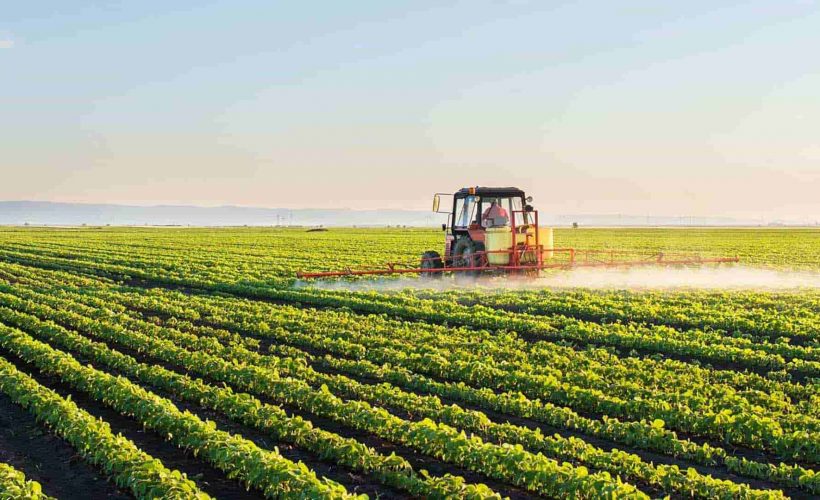Key industries
-

Agriculture
В государственных программах развития Кыргызской Республики, сельское хозяйство считается ключевым сектором, на котором необходимо сосредоточить…
-

Textiles
Текстильная промышленность Кыргызской Республики является трудоемкой, и общее соотношение затрат на рабочую силу в общих…
-

Hydropower
Кыргызская Республика имеет большое количество крупных и средних рек, обладающих значительным гидроэнергетическим потенциалом, оцениваемым в…
-

Tourism
Кыргызская Республика является уникальным местом для туризма в любое время года. Путешественники посещают прекрасные озера,…